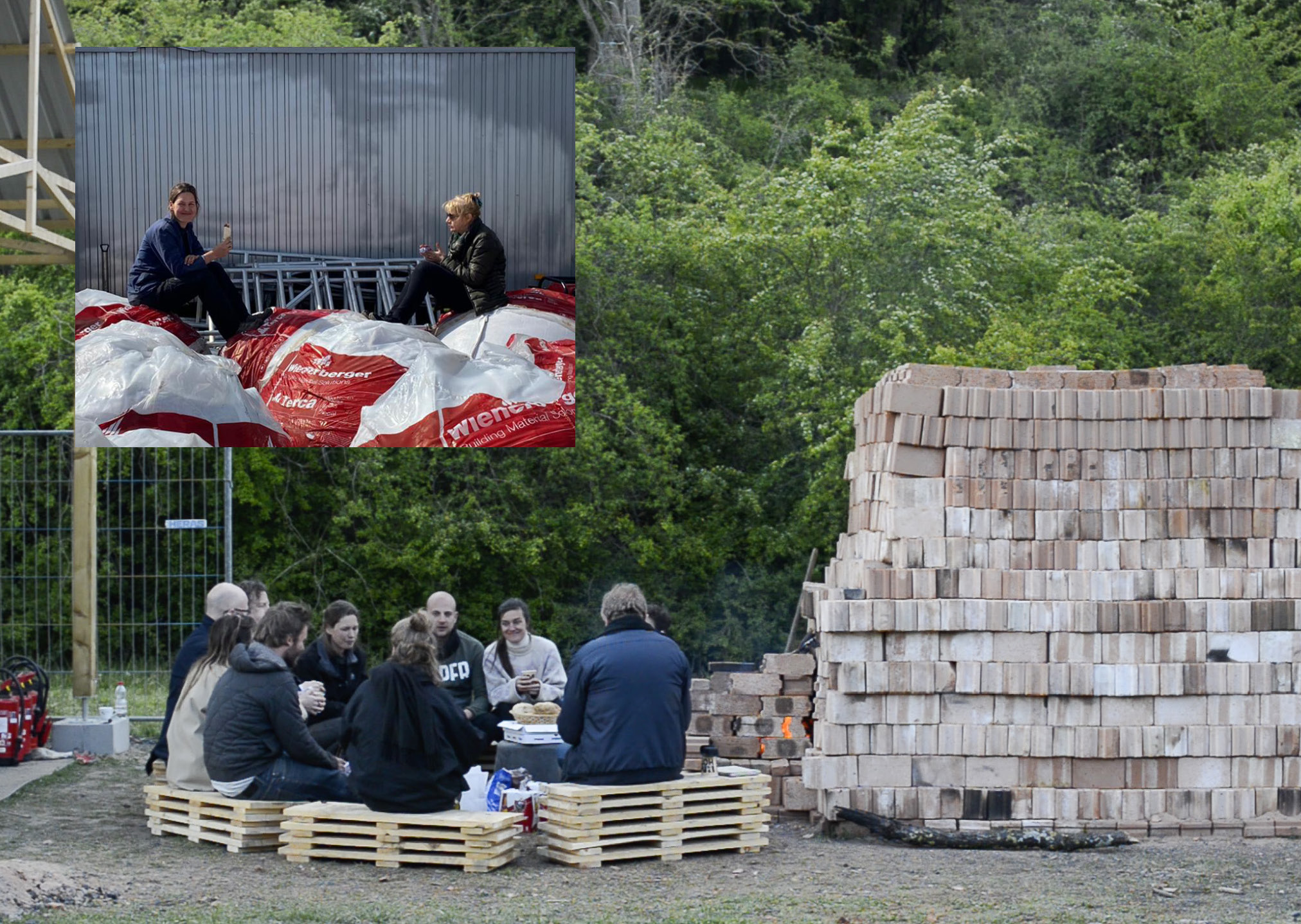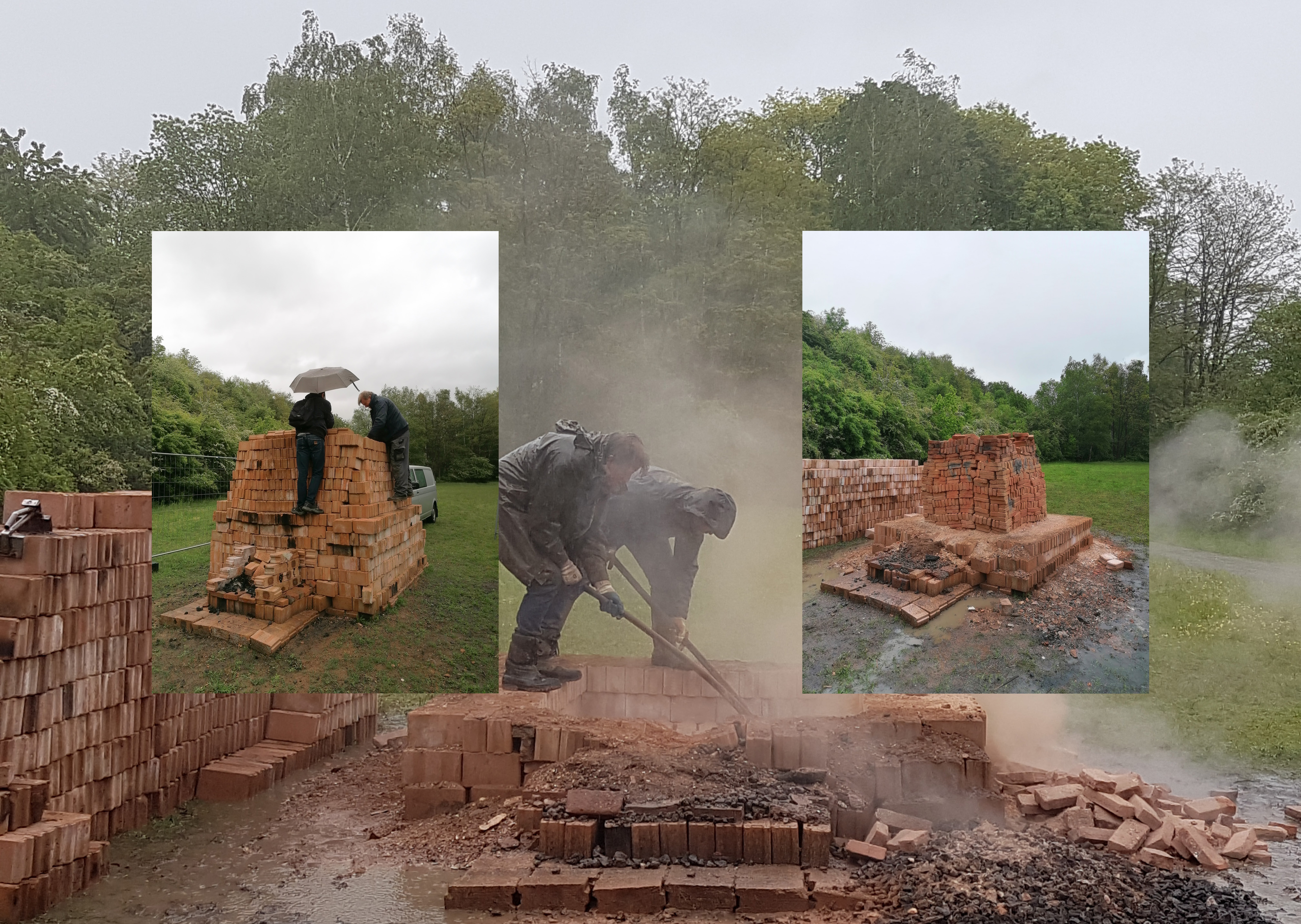Le Paysage Ménagé
The unique location of C-mine in the former Winterslag coal mine provides for often unexpected encounters. Since the heavy industry left that place, its infrastructure was transformed into a heritage site and taken over by more benevolent, cultural industry. At the same time, large parts of the landscape were reclaimed by nature and have since been indwelled by pioneering vegetation and unique insects. Here is where a shepherd and his stock, truck drivers, botanists and geologists, local inhabitants and artists cross paths. In this context Ciel Grommen and Maximiliaan Royakkers propose both a physical and a figurative platform for dialogue and an opportunity for making new alliances between those unlikely neighbours.
Le Paysage Ménagé is a proposal, an open invitation to imagine new ways of being in the landscape and making connections with and within it. The project coincides with JESTER’s move to the new location at C-mine, Genk, and it prefigures future developments on the site.
How can we create architecture that inhabits a place instead of occupying or claiming it? How do we set a proverbial foot in the landscape without trampling it? And what if it has already been trampled?
This idea of developing spaces for living together is reflected in the title of the project, which translates literally as ‘a household landscape’ or ‘a landscape taken care of’. Le Paysage Ménagé is a wordplay on the French expression for ‘constructed landscape’ (un paysage aménagé ) and inspired by the challenge formulated by French literary historian Marielle Macé, “to invent ways of living in this damaged world: neither to save (to safeguard, conserve, repair, return to old states) nor to survive, but to live, that is to say to try again, by cooperating with all kinds of living beings, and by favouring life… to imagine practices and to house them in the interstices of capitalism.”.
Each household owes its character to the construction of the house but perhaps even more to its peculiar furnishing. Ciel Grommen and Maximiliaan Royakkers’ interventions have been imagined as a kind of ‘furniture’ for the landscape. To furnish a landscape means to create something provisional and flexible, to take a stance without planting a flag or claiming the territory.
The first piece to furnish the C-mine site is a brick daybed– a unique meeting place where during the day meals and stories are shared and at nights animals and plants take over. Inspired by the Chinese ‘kang’ bed and the Russian ‘pechka’ stove, the platform can be heated up from the inside, emanating warmth and aura of hospitality.
The material used to construct this platform takes its roots in the local history; as the only mining site in Genk, Winterslag operated a brickyard, where the residue of the mining process was transformed into building material for the rapidly expanding residential districts. Still today, the characteristic black-charred bricks, known as Winterslagse Duivels (‘the devils of Winterslag’), clad the facades all over the neighbourhood.
With the support of passionate experts and amateurs, Grommen and Royakkers have developed a parallel brick-making technique, using the so-called ‘minestone’ – a mixture of sand, clay, and water, present in the ground and officially considered ‘waste material’. Those bricks are hand-formed, air-dried, and fired on-site, in a temporary field oven. With every baking cycle, this low-tech oven is assembled and disassembled again.
Every step in this slow production process takes place in the public space. The baking cycles become an opportunity to experiment, to exchange knowledge, and to engage in conversations about the local landscape with the visitors, neighbours, fellow artists, and
passers-by.
Lecture https://vimeo.com/672507067 ︎︎︎
(text: Alicja Melzaka)



















